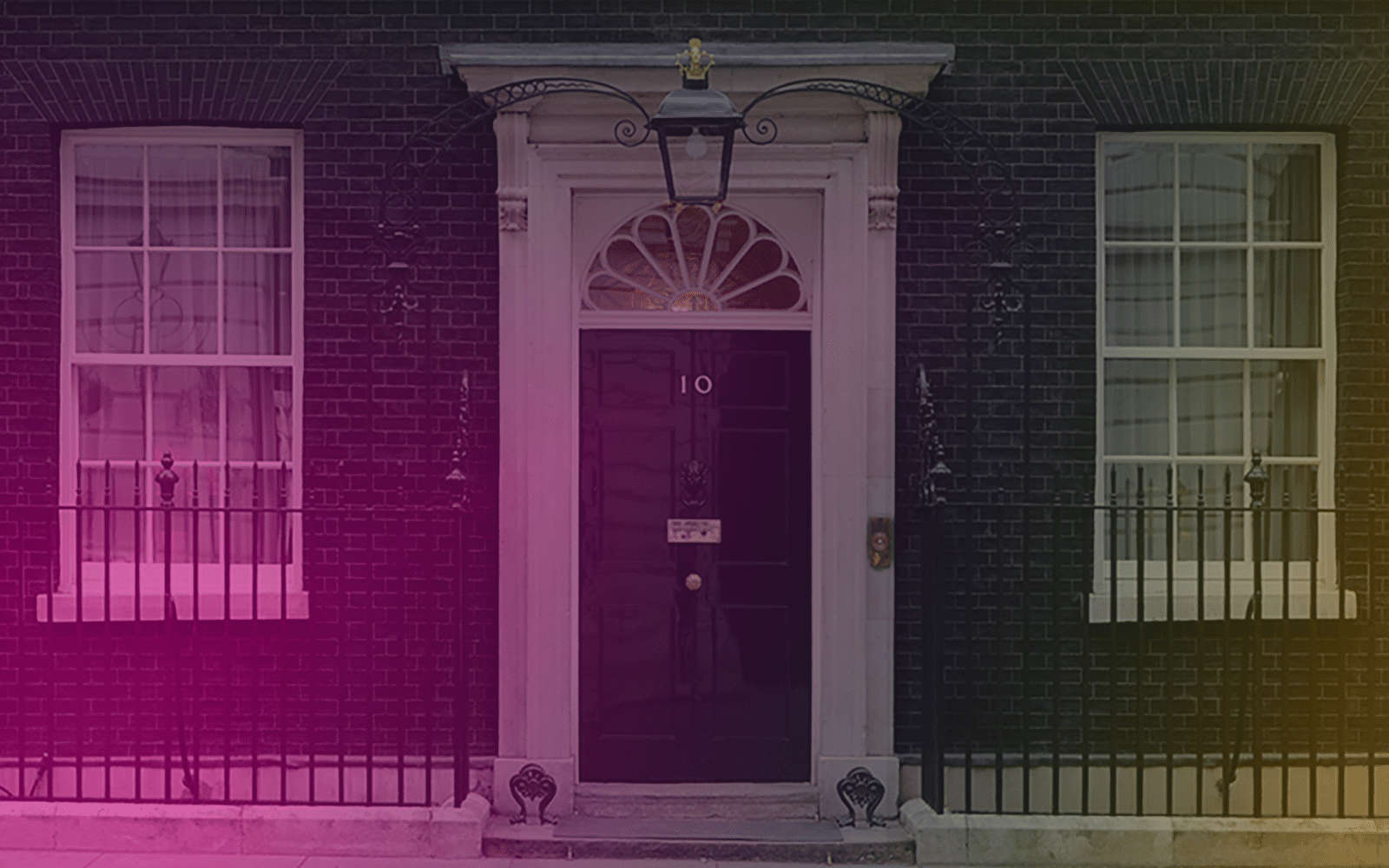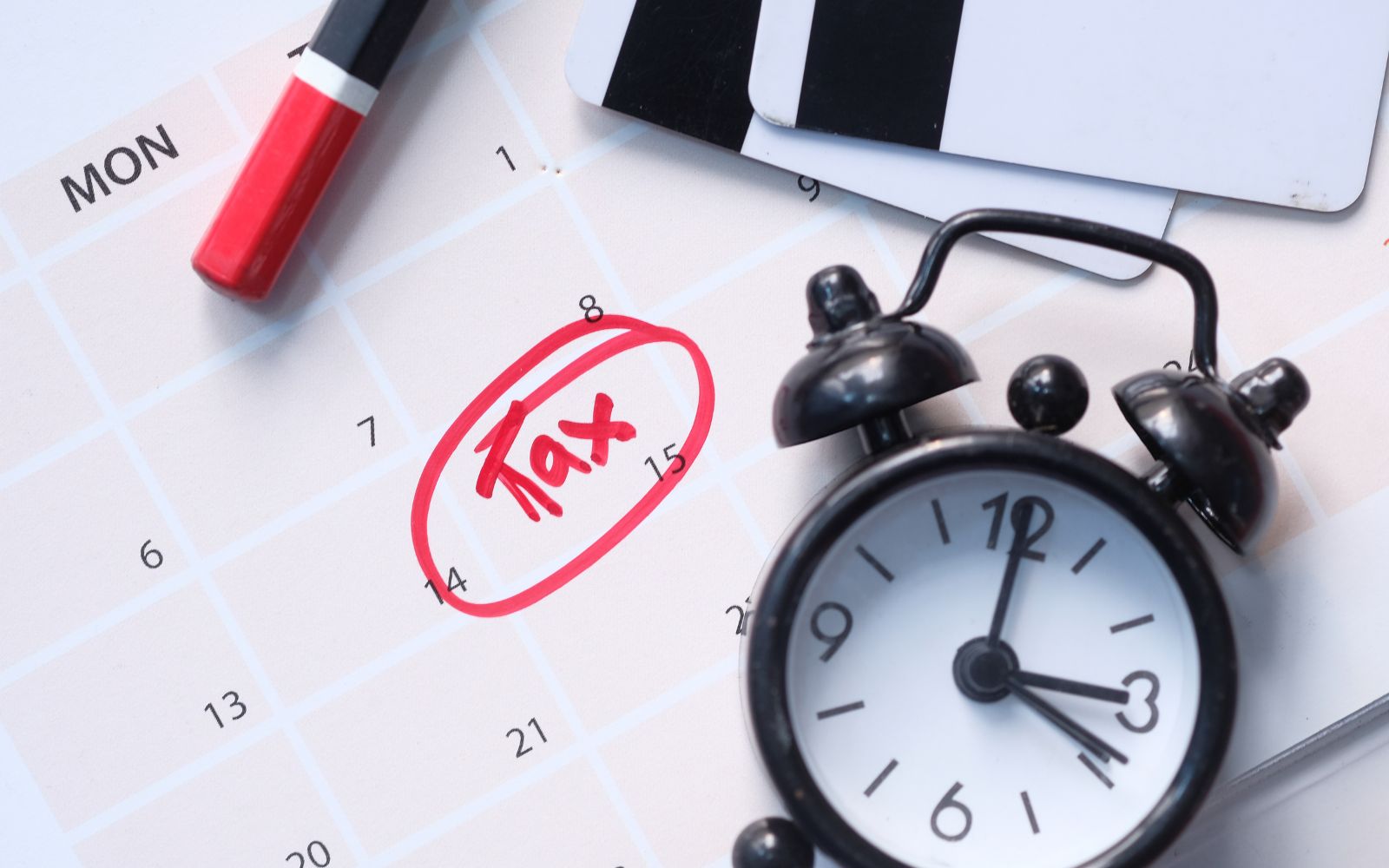Entrepreneurs Relief – What did the Budget change?

Before the Autumn Budget, earlier this year, it was rumoured that the Chancellor would scrap Entrepreneurs’ Relief. Eventually, this was not the case. However, the scheme eligibility criteria have been modified. Changes to the “personal company” criteria are effective a Budget Day, the extension of the qualifying period will be applied starting on 6 April 2019.
What is Entrepreneurs’ Relief
Entrepreneurs’ relief reduces the rate of capital gains tax on sales of qualifying assets to 10%. This is subject to a lifetime limit of £10 million. Spouses and civil partners have their own limit.
According to HMRC, the relief is available where there is:
– a material disposal of business assets;
– a disposal associated with a material disposal; or
– a disposal of trust business assets.
In plain English: when you sell part of your business, if the qualifying conditions are met, your Capital Gains Tax is reduced to 10%.
Details of the relief are quite complicated. You can find them on the HRMC website or ask your accountant about them.
Personal company criteria
For the purposes of Entrepreneurs’ Relief, a qualifying business asset usually means shares or securities in a personal company. Such company must be trading (or holds a trading group) for the whole qualifying period (more on this later).
Before the budget, a “personal company” was defined as one of which the taxpayer is either an officer or an employee, and of which they hold at least 5% of the ordinary share capital and voting rights.
From 29 October 2018 (Budget Day), in addition to the above, the holding of the share capital must also entitle the taxpayer to at least 5% of the company’s distributable profits and 5% of the assets to be distributed to equity holders in a winding up.
Qualifying period
As mentioned before, the conditions above make a disposal eligible for Entrepreneurs’ Relief only if they are met throughout the “qualifying period”.
Before the budget, and currently, this period is set at one year.
From 6 April 2019 this period will be doubled to two years, as announced in the Autumn Budget. Disposals where the business ceased prior to Budget day will be exempted from the qualifying period extension.
Securing the relief
With respect to the above, if you want to benefit from Entrepreneurs’ Relief, you should wait for at least two years since when all the criteria are first met.
If you are looking to dispose of shares that you will have held for more than one year before 6 April 2019, you should either sell them before the qualifying period is doubled, or wait one more year before going ahead with the disposal.
The information available on this page is of a general nature and is not intended to provide specific advice to any individuals or entities. We work hard to ensure this information is accurate at the time of publishing, although there is no guarantee that such information is accurate at the time you read this. We recommend individuals and companies seek professional advice on their circumstances and matters.




